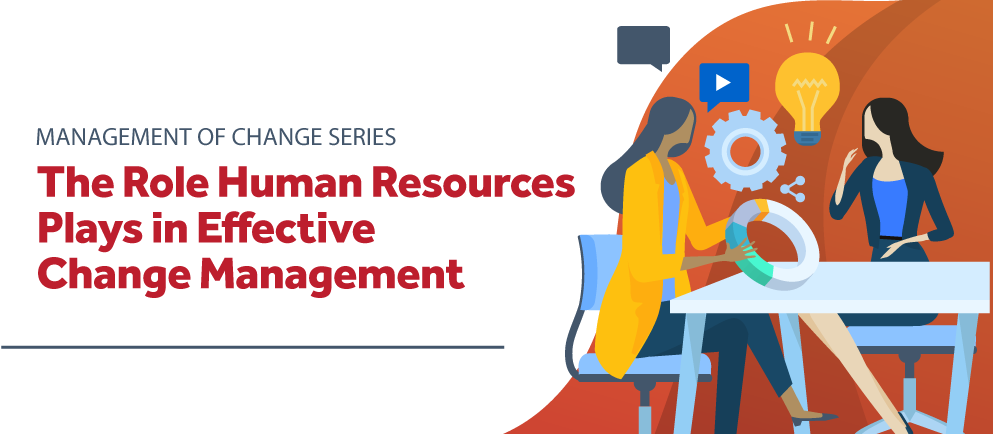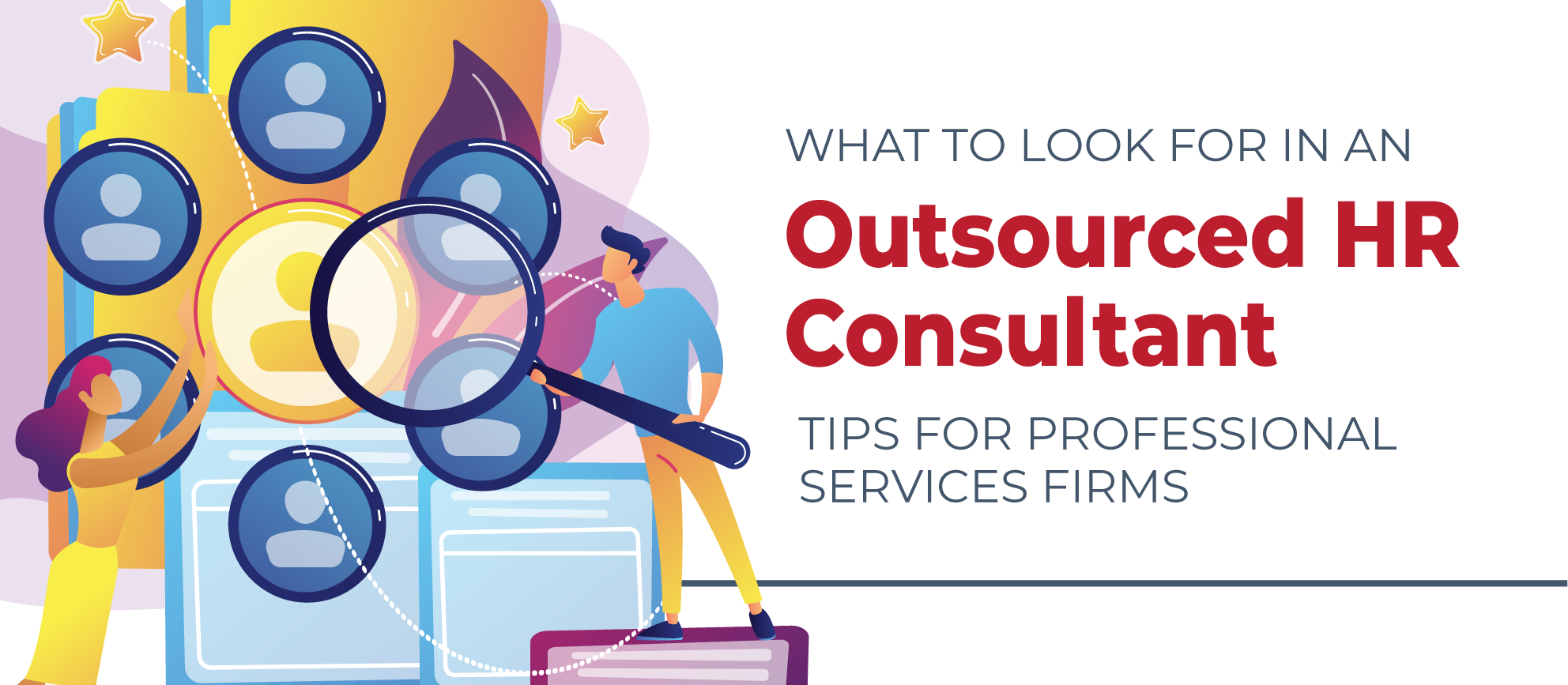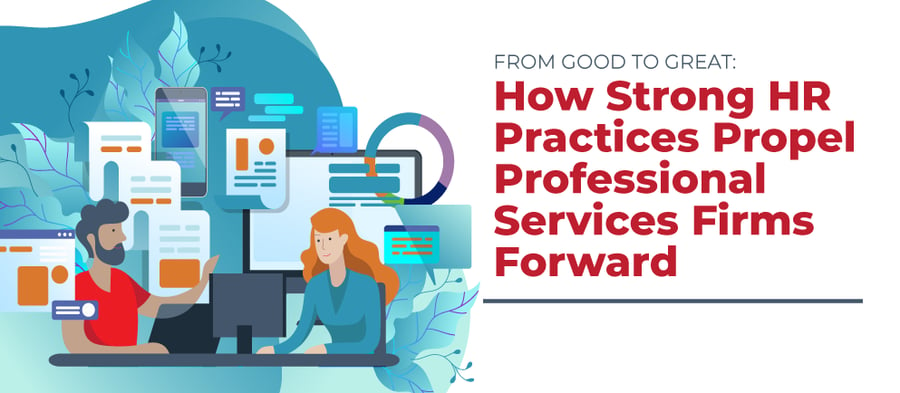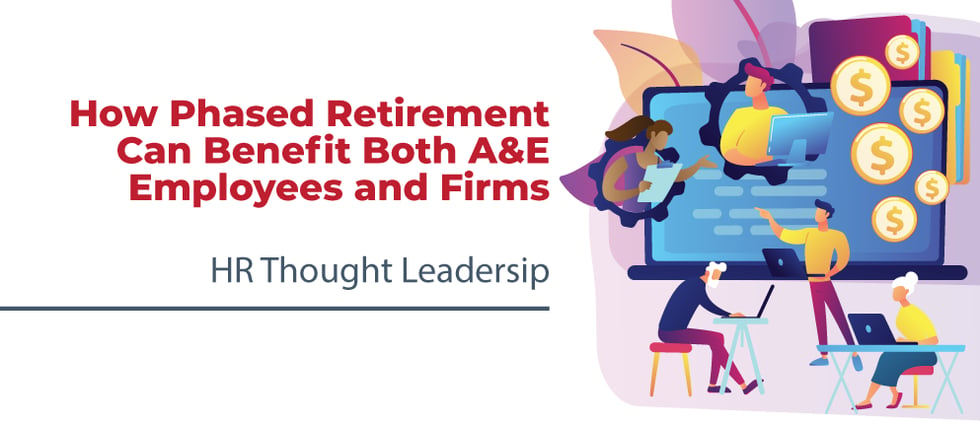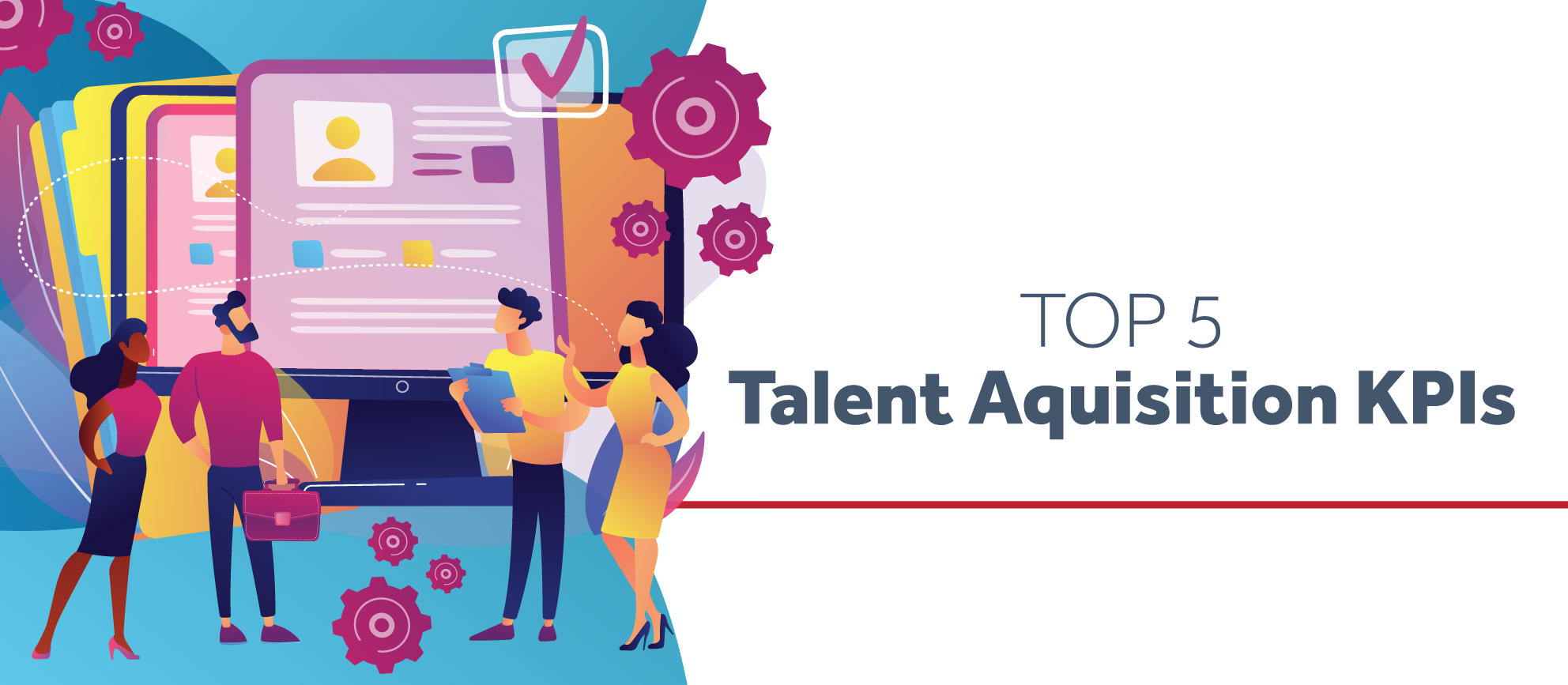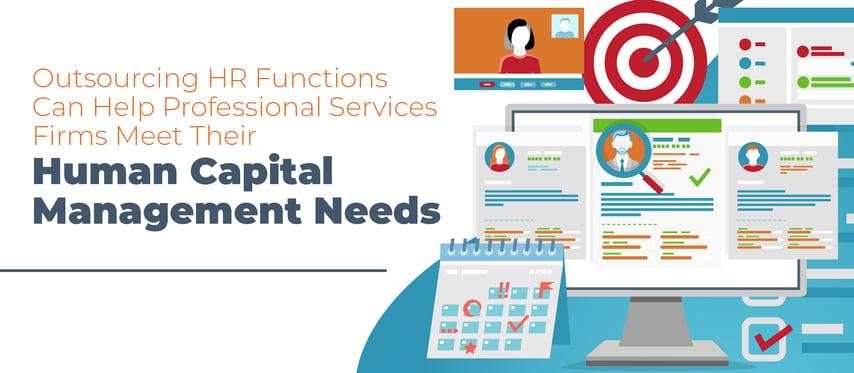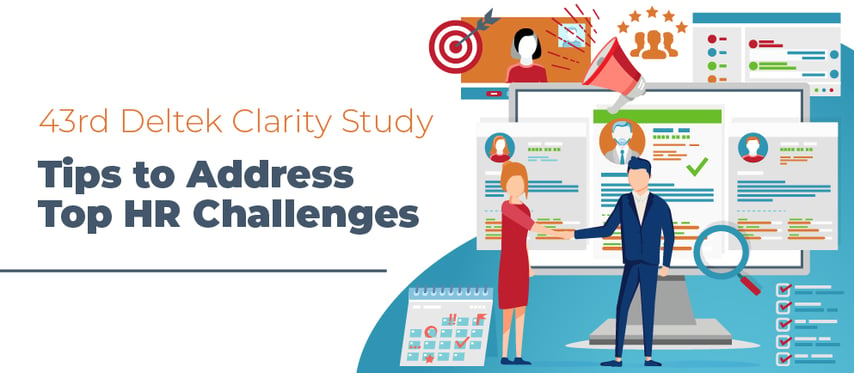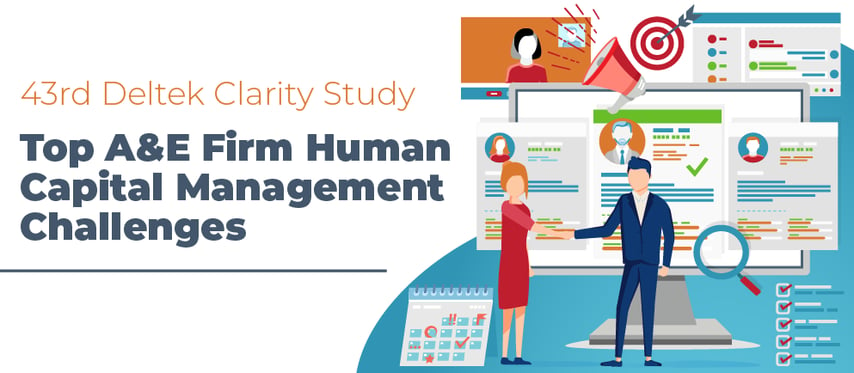Different Ways to Compensate Your Employees Beyond the Base Salary

The World at Work Total Rewards Conference 2024 brought together a lively mix of industry experts, HR pros, and forward-thinkers to dive into the latest and greatest in employee rewards and benefits. This year, the focus was all about tuning into what employees really want and need outside of their paychecks.
Offering additional perks can significantly impact a company's overall performance and employee satisfaction. By reducing recruitment costs, decreasing employee turnover rates, and increasing morale, productivity, and loyalty, companies can create a more vibrant and committed workforce. Let’s explore some of the best benefits that companies can offer to create a thriving, satisfied, and loyal workforce.
Flexible Work Arrangements
Flexibility in the workplace has become a non-negotiable benefit for many employees. Companies are increasingly offering remote work options, allowing employees to work from home either full-time or on a hybrid basis. This flexibility is crucial for accommodating different lifestyles and improving work-life balance. Flexible hours, allowing employees to adjust their work schedules to fit their personal lives, promote a better work-life balance and reduce burnout. This trend reflects a growing understanding that productivity is not inherently tied to the traditional 9-to-5 workday.
Comprehensive Health and Wellness Programs
The World at Work Total Rewards conference underscored the importance of health and wellness programs tailored to meet the diverse needs of a multi-generational workforce. Companies are moving beyond traditional healthcare benefits to offer personalized benefits packages that cater to individual preferences and life stages, making employees feel valued and supported.
Mental health support, including access to counseling services and mental health days, is becoming a standard practice, acknowledging the role mental well-being plays in overall employee health.
Additionally, offering gym memberships, on-site fitness centers, or even virtual fitness classes encourages physical health, boosting productivity and reducing absenteeism. Regular health check-ups, wellness challenges, and preventive care programs are essential in fostering a healthy workforce.
Professional Development Opportunities
Investing in employees' professional growth is a key factor in maintaining engagement and loyalty. Leading companies are providing continuous learning opportunities, such as access to online courses, certifications, and educational workshops, enabling employees to continuously improve their skills.
Tuition reimbursement offers financial support for further education or professional certifications, encouraging employees to pursue personal and professional development without financial strain.
Career development programs, including structured mentorship, coaching, and career path planning, help employees envision and achieve long-term career goals within the company. Professional development is a win-win for employees and employers alike.
Financial Wellness Programs
Addressing financial well-being is becoming a priority for employers aiming to support their employees' overall quality of life. Popular initiatives include retirement planning, offering 401(k) matching programs, financial planning services, and retirement education to ensure employees are prepared for their future.
Student loan repayment assistance helps employees pay off student loans, significantly reducing financial stress and making this a highly valued perk among younger workers. Financial literacy programs, such as workshops and resources on budgeting, saving, and investing, empower employees to make informed financial decisions.
Enhanced Parental Leave and Family Support
Supporting employees in their personal lives, particularly during significant life events, can foster loyalty and satisfaction. Effective strategies include generous parental leave policies that recognize the importance of family and ensure employees can take the necessary time off without financial worry. Childcare support, through on-site childcare facilities or childcare subsidies, alleviates one of the major concerns for working parents. Family planning resources, providing access to fertility treatments, adoption assistance, and surrogacy support, help employees navigate family planning with less stress.
Mentoring, Shadowing, and Leadership Development
Developing future leaders within the organization is essential for long-term success. Companies are increasingly focusing on mentorship programs that connect less experienced employees with seasoned mentors to accelerate professional growth. Shadowing opportunities, allowing employees to observe and learn from leaders within the company, provide valuable insights into different roles and responsibilities. Leadership development programs ensure a strong pipeline of future leaders by focusing on developing essential leadership skills.
Find More Ways to Compensate Your Employees
By embracing flexible work arrangements, comprehensive health and wellness programs, professional development opportunities, financial wellness programs, enhanced parental leave and family support, and fostering a strong sense of connection and belonging, companies can significantly enhance employee satisfaction and engagement. These strategies not only make companies more attractive to current and potential employees but also drive overall organizational success.
Looking to find more ways to reward your crew? Check out our LinkedIn Live where we cover even more perks that’ll show your team you care.





